
That days can be removed from (or added to) the calendar is a wonderful reminder of our strange relationship with time, of how some things which seem permanent — like the date — really aren't.
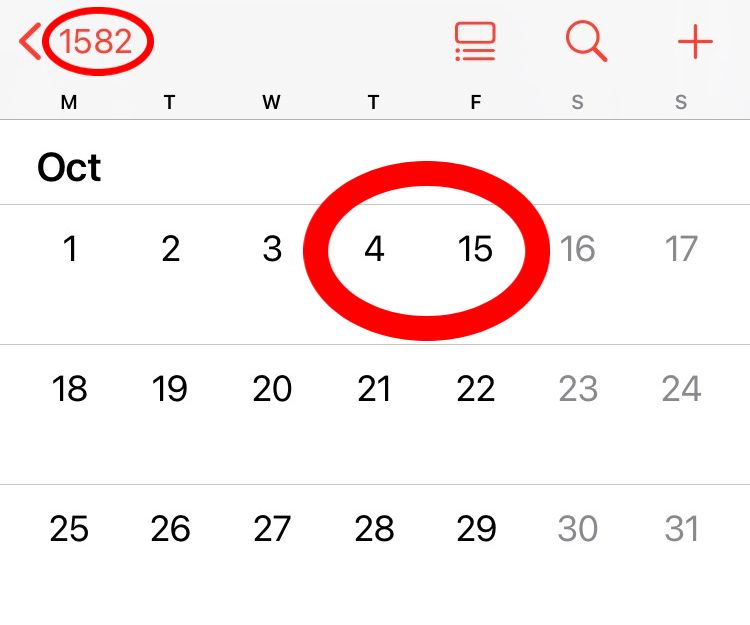
That days can be removed from (or added to) the calendar is a wonderful reminder of our strange relationship with time, of how some things which seem permanent — like the date — really aren't.
Hence the famous confusion around the "October Revolution" of 1917.
It happened on 25th October in the Julian Calendar, but on 7th November in the Gregorian.

Hence the famous confusion around the "October Revolution" of 1917.
It happened on 25th October in the Julian Calendar, but on 7th November in the Gregorian.
Prussia was the first Protestant state to switch over, followed by Denmark-Norway, the Protestant Netherlands, Switzerland, and others.
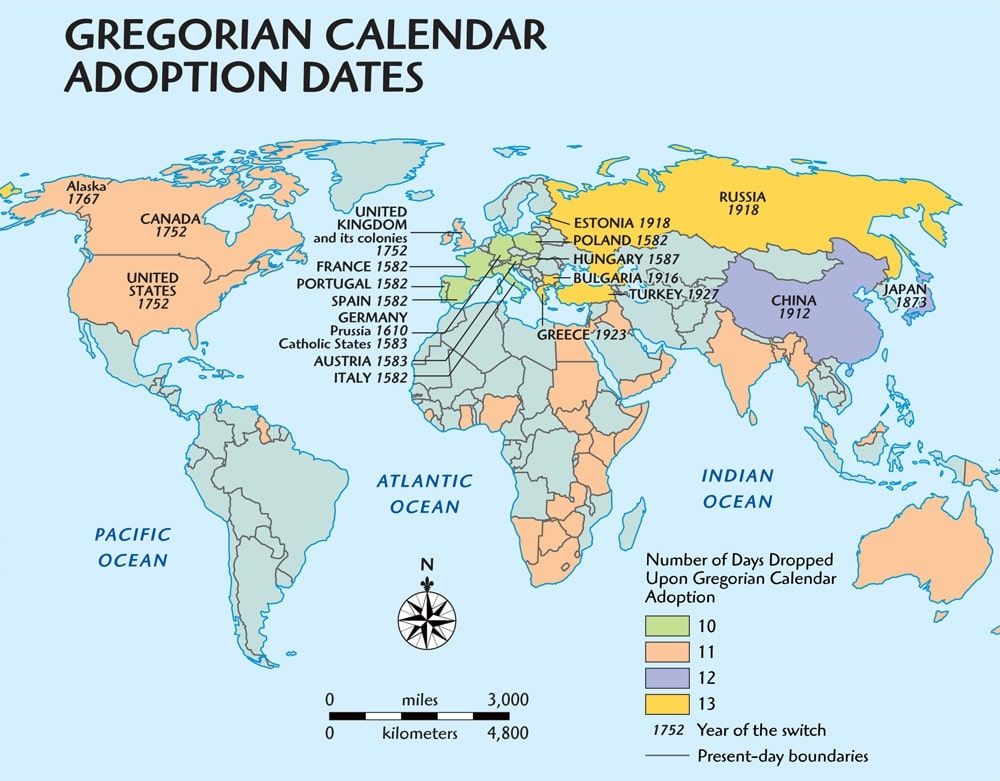
Prussia was the first Protestant state to switch over, followed by Denmark-Norway, the Protestant Netherlands, Switzerland, and others.
And so, for a time, crossing the border from one country to another could also involve going forward or backward 10 days.
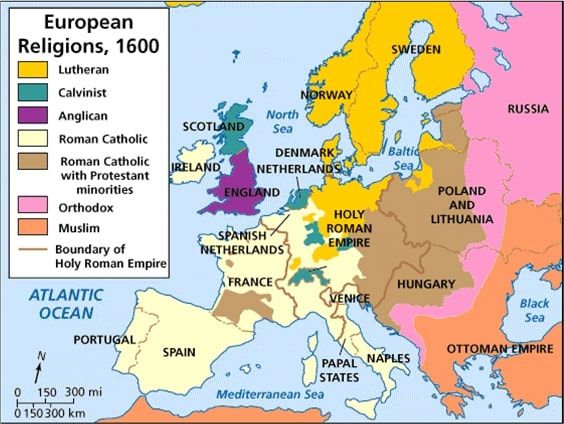
And so, for a time, crossing the border from one country to another could also involve going forward or backward 10 days.
It stated that the new, modified version of the Julian Calendar was to be adopted that year.
The change would happen in October, when Thursday 4th would be followed by Friday 15th, to correct the 10 days of drift.

It stated that the new, modified version of the Julian Calendar was to be adopted that year.
The change would happen in October, when Thursday 4th would be followed by Friday 15th, to correct the 10 days of drift.
And, crucially, Gregory reset it to the time of the Council of Nicaea in 325 AD, when the method for dating Easter was established — rather than to the birth of Christ or creation of the Julian Calendar.
So 10 days, not 14, had to be removed.
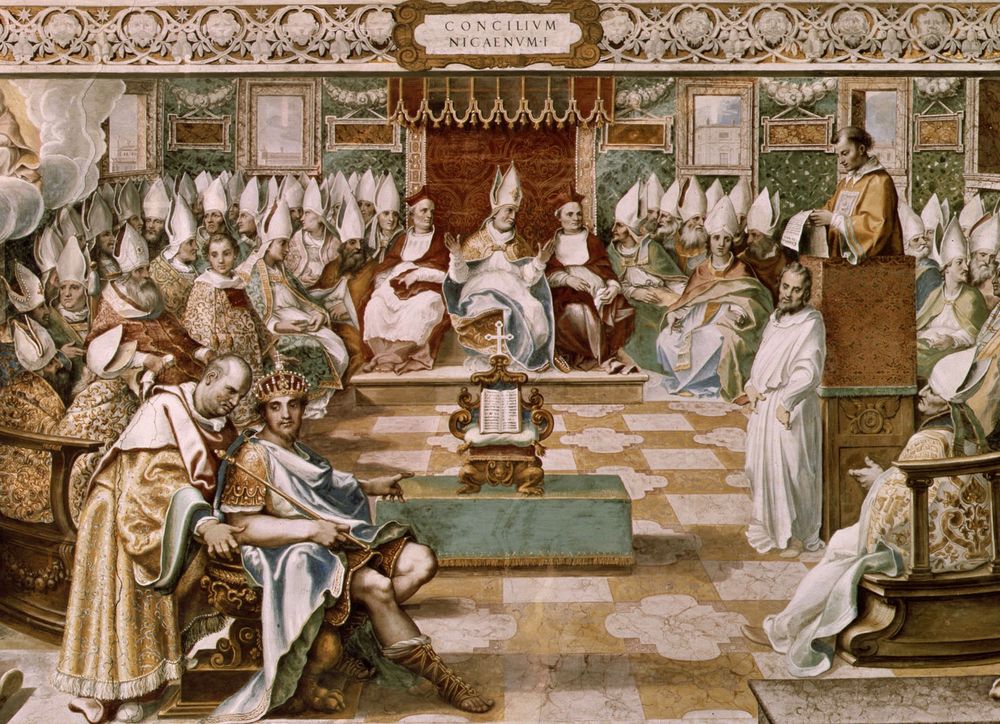
And, crucially, Gregory reset it to the time of the Council of Nicaea in 325 AD, when the method for dating Easter was established — rather than to the birth of Christ or creation of the Julian Calendar.
So 10 days, not 14, had to be removed.
So, in 1582, Pope Gregory XIII finally decided to solve this problem.
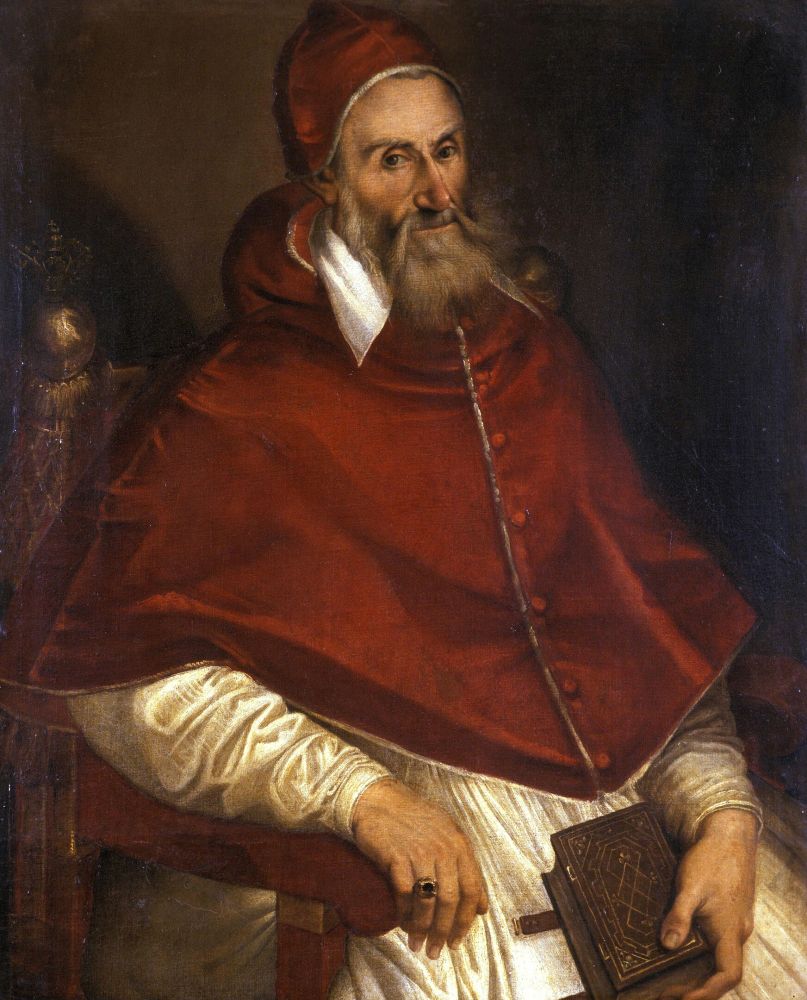
So, in 1582, Pope Gregory XIII finally decided to solve this problem.
Caesar consulted Rome's best astronomers and came up with a solution — the Julian Calendar.
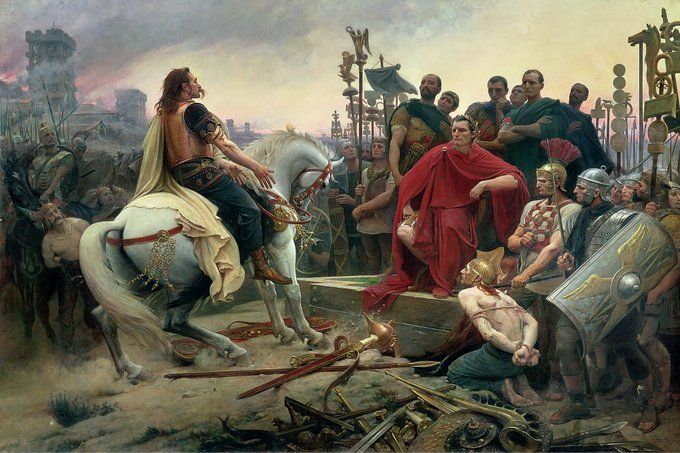
Caesar consulted Rome's best astronomers and came up with a solution — the Julian Calendar.
The year was 46 BC and he had just become "Dictator for Life" — Caesar was the sole ruler of Rome.
Among the many problems he needed to solve was the Roman Calendar, which had fallen into total chaos.
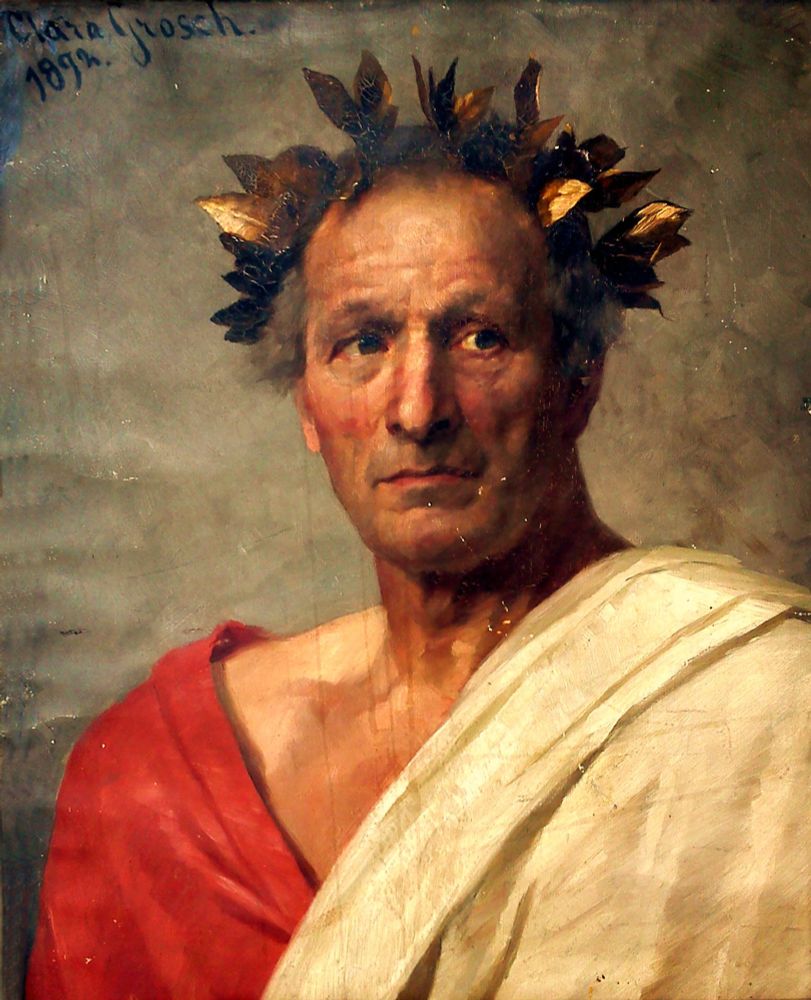
The year was 46 BC and he had just become "Dictator for Life" — Caesar was the sole ruler of Rome.
Among the many problems he needed to solve was the Roman Calendar, which had fallen into total chaos.
Thursday 4th October was followed immediately by Friday 15th October.
This is the story of history's 10 missing days...
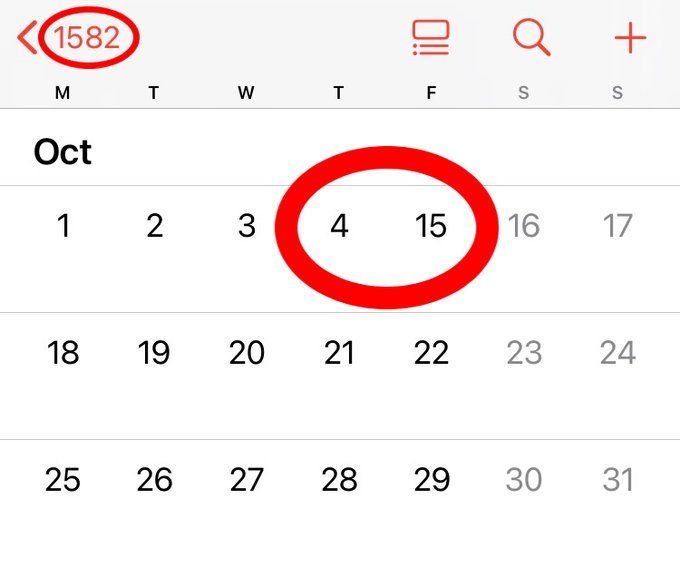
Thursday 4th October was followed immediately by Friday 15th October.
This is the story of history's 10 missing days...

